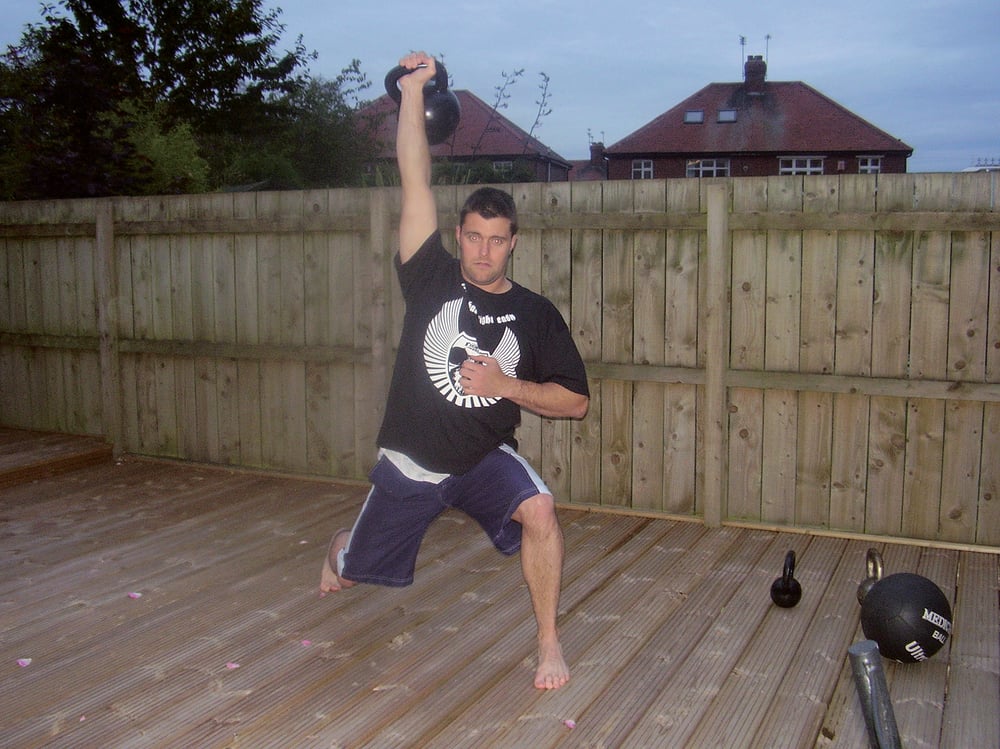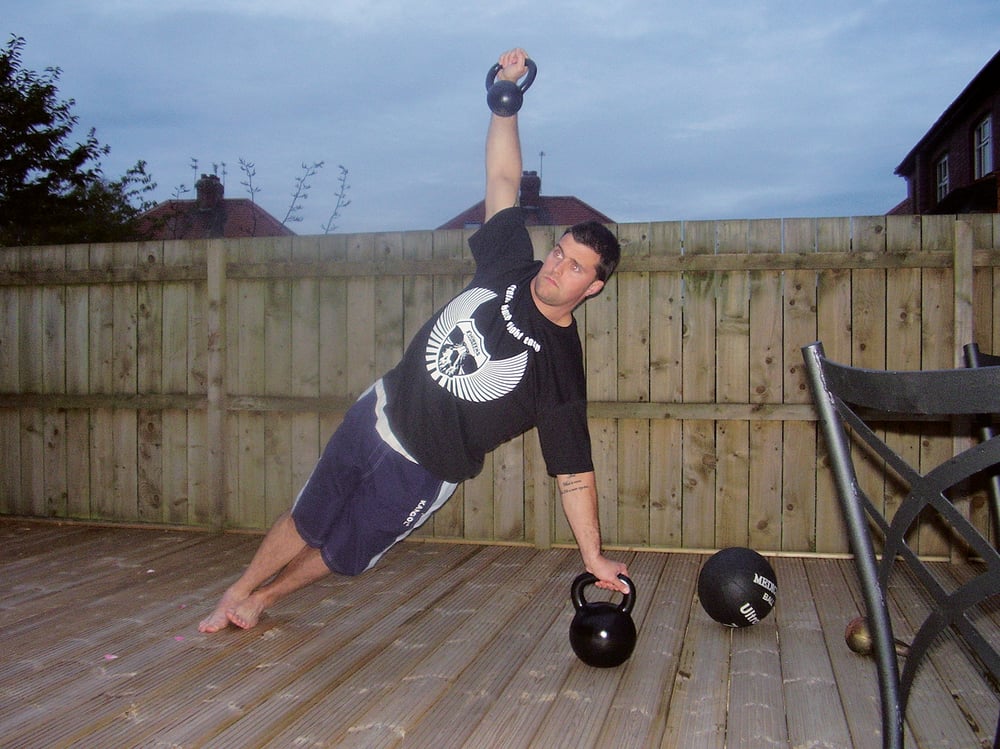
Issue 031
November 2007
Putting it Together
We’re at the end of the series on human movement. The only remaining question is how does it translate to a combat athlete? Well that one is easy to clarify. The major tenet of my articles has always been ‘function over form’, as opposed to the reverse offered by many gyms, trainers and their programmes.
Fighters need to maximise their time in order to get the most out of their routines. The old saying of ‘skills pay the bills’ is very true. Combat athletes need to work on their technique more than anything, as all the conditioning in the world will not give you black belt technique! Conditioning work must be seen as an accessory to a routine and also must not conflict with the sparring or technique work in terms of nervous system depletion.
We need to offer a series of movements that can cut our training time down, yet still make it effective. The solution is ‘Hybrid Moves’. Lou Schuler and Alwyn Cosgrove call these combo moves in their text New rules of lifting. I’ve taken the theory behind these exercises further and applied it to MMA.
Hybrid movements are harder than most other exercise drills simply because they tax the body systems by forcing more muscle groups to work at once. As an example, a lunge and press will work everything in the body as described in previous articles apart from the twisting motion.
Functional?
Yes indeed! The movements I’ve chosen are by no means exhaustive, I’d even advise you to make up some yourself. There are no rules, and I’m sure you could come up with your own drills. The sport of MMA is one that combines movements in one series. If you think about a straight right cross, the movements here are a push, lunge and twist. All that for a simple right hand? You can imagine the complexities involved in a guard sweep. Pulling, pushing, twisting, lunging, squatting and dead lifting are all included in MMA. Start adding them to your routines now. It doesn’t have to be a massive overhaul, just add a few movements to start with and you’ll notice a difference immediately.
So how is it done?
The exercises that I’ve chosen are just a sample and I encourage you to make your own and not follow blindly, however they are a good starting point.
Squat / Push
(Done with a medicine ball or kettlebell)
1. Begin by picking the weight up and holding it at approximately chest level.
2. Next, squat down but at the same time forcefully push out the weight away from you.
3. Straighten your legs and return to the starting position and bring the weight back to your chest.
Rotational Lunge
(Use a light kettlebell or medicine ball, recommend to start with approx 8kg)
1. Hold the weight at chest height and perform a forward lunge.
2. On reaching the lunge position, perform a twist to the same side as your leading leg.
3. Return to the start.
Lunge / Press
This follows the same pattern as the rotational lunge but instead of twisting at the end you perform a single arm press.
T-Push up
1. Begin in a standard push up position holding two dumbbells.
2. Perform a push up and as you return to the top position, raise one arm off the floor and twist your body so that your raised arm forms a straight line with your supporting arm. Your eyes should follow your hand.
3. Return the hand to the floor and perform another push up
4. On the up phase twist to the other side.
Renegade Rows
1. Begin at the top of a push up holding onto two dumbbells.
2. Row one dumbbell up to your chest while maintaining a stable position.
3. Return to the floor and repeat with the other arm.
That concludes this series of human movement. I hope you find something useful here for your routines. As mentioned earlier, a complete overhaul is not necessary. Add a few variations to each workout. A more preferable way is to perform a circuit with the movements. The leg-dominant drills are best performed for high reps or time, as this also induces a metabolic component by filling your legs with lactic acid. Have fun with them and don’t be bound by convention, this sport is far from conventional so your training shouldn’t be either.
As usual, contact me with any queries or for seminars and/or training sessions, [email protected]















